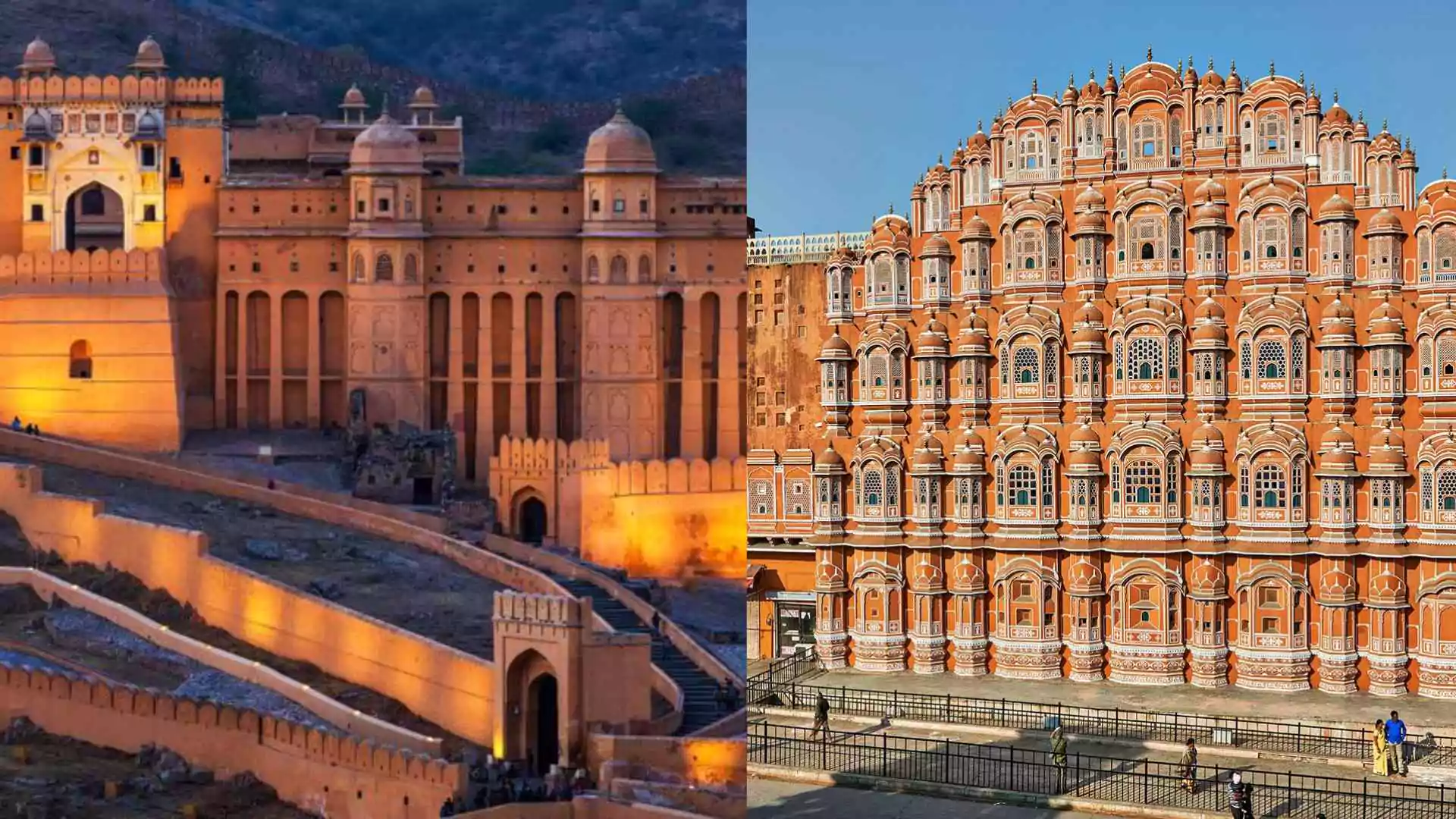The powerful 7.7-magnitude earthquake that struck Myanmar on Friday has caused significant damage to several historic sites, including the Royal Palace in Mandalay, one of the country’s most cherished landmarks.
Images shared by Myanmar’s state broadcaster MRTV showed a large gaping hole in several sections of the wall surrounding the Royal Palace complex. The damage is visible on the structures that once housed the last Burmese monarchy, highlighting the devastating impact of the earthquake.
The Mandalay Royal Palace, constructed between 1857 and 1859 during the reign of King Mindon, was part of the monarch’s efforts to establish Mandalay as the new royal capital city. The palace, which holds great cultural and historical significance, has long been a popular tourist attraction.
?❗️? Palácio do século XIX sofre danos severos após terremoto em Mianmar
Advertisement · Scroll to continueSegundo as informações, o Palácio Real de Mandalay é considerado um dos principais símbolos da cidade.
Siga @sputnik_brasil pic.twitter.com/yx1qyBQo6N
— Sputnik Brasil (@sputnik_brasil) March 28, 2025
Mandalay’s ancient palace is seen with heavy structural damaged due to the earthquake pic.twitter.com/zUqa3qGwiE
— Shadow Prince (@AnimeAlchemy24) March 28, 2025
Seismologist Describes the Earthquake as a ‘Great Knife Cut’
Meanwhile, a seismologist has described the earthquake as a powerful rupture that acted like a “great knife cut into the Earth.” According to James Jackson, a seismologist at the University of Cambridge, the rupture lasted for a full minute and caused sideways movements of the Earth’s crust. In an interview with CNN, Jackson explained that the quake was similar to “a piece of paper tearing” at a speed of about two kilometers per second. The violent movements created significant ground shifts, causing widespread destruction across the region.
Jackson further noted that while Thailand, does not typically experience earthquakes, its many tall buildings make the city particularly vulnerable to even distant tremors, as seen during Friday’s quake.
Myanmar’s Junta Reports Loss of Life
The impact of the earthquake has been devastating, with Myanmar’s military junta confirming that many civilians have been killed or injured. State-run media reported that fatalities and injuries were concentrated in areas close to the epicenter, particularly in central Sagaing and Mandalay, as well as in the capital, Naypyidaw. Hospitals in these regions are reportedly overwhelmed with casualties.
The military junta has also appealed for blood donations, urging citizens to immediately contact hospitals in central Myanmar and offer assistance. The country’s healthcare system is facing immense pressure, with medical facilities struggling to cope with the volume of those injured.
The extent of the damage in Myanmar is still being assessed, but early reports suggest that buildings and infrastructure across several cities were severely impacted.
As rescue teams continue their efforts to save those trapped under rubble and provide medical care to the injured, the country’s historical landmarks, including the Royal Palace, have suffered significant blows.
ALSO READ: How Common Are Earthquakes in Myanmar?






















